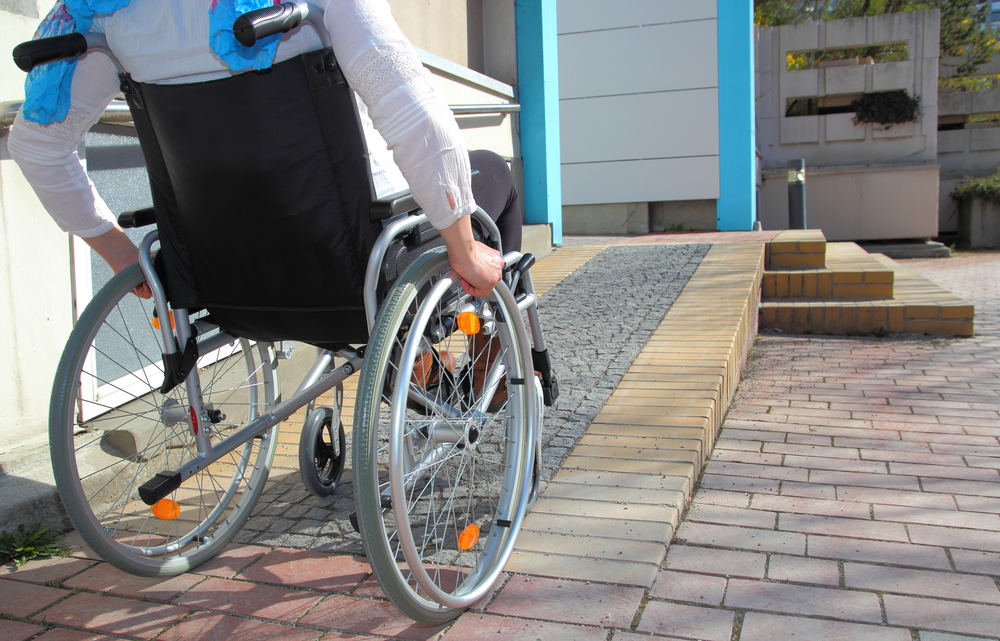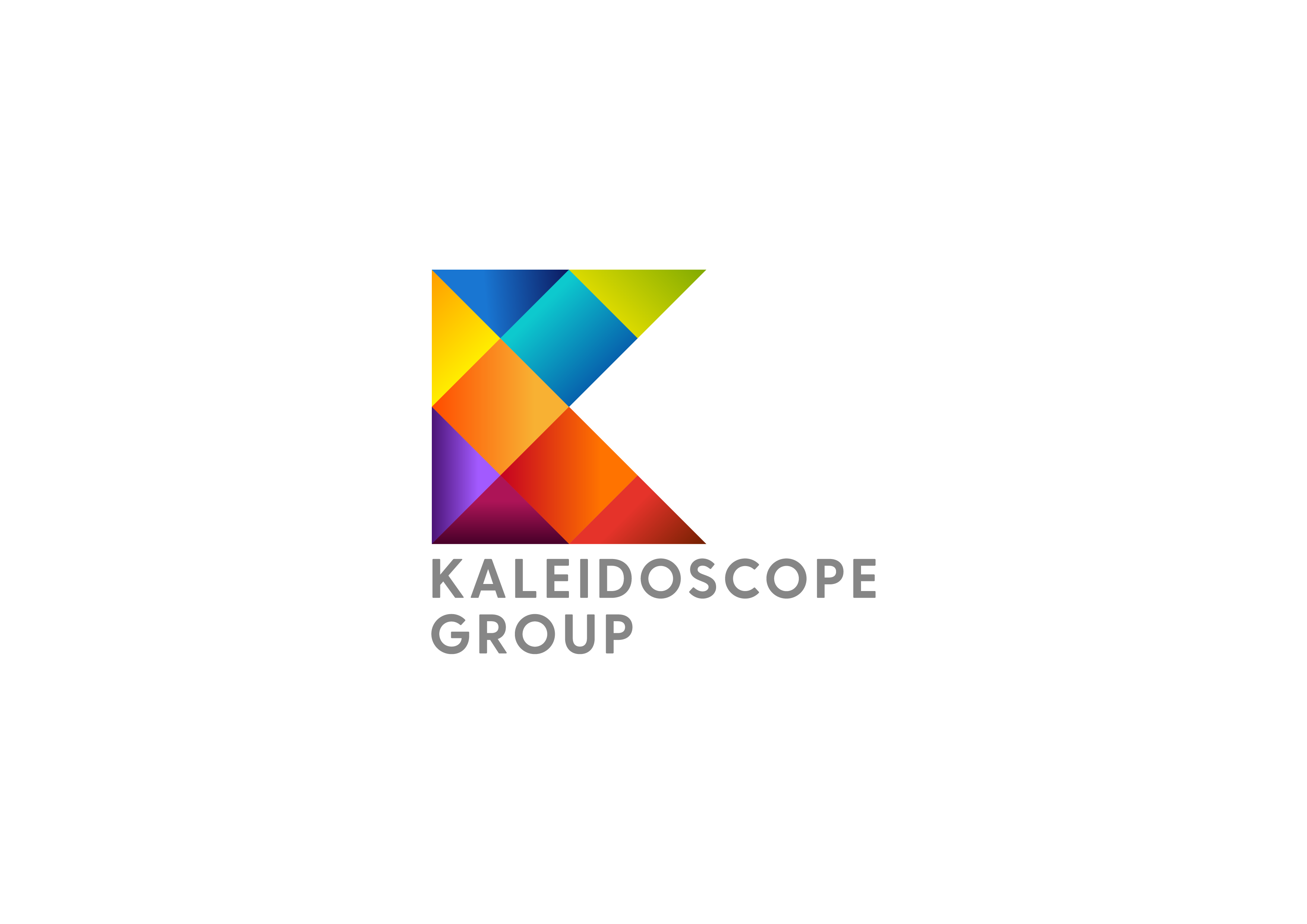
Nearly 2 years of COVID 19 have contributed to a global mental health pandemic; impact and challenge to our mental health, movement, communication, and quality of life we have all experienced a sense of the impact of disability.
Getting around in the physical world is something many of us may take for granted. In the UK more must be done, by best practice that protect people with disabilities from discrimination, and guarantee them greater access to public facilities, employment, services, education, and/or amenities. We need to change the physical and social character of communities. We should embrace community changes and the towns & city workplaces to ensure that people with disabilities have physical access to buildings and other spaces that are used by the public, as well as changes to ensure their access to employment, services, education, the functions of government, and full civic participation.
What Do We Mean By Ensuring Access For People With Disabilities?
The term ‘disability’ means an individual has a physical or mental impairment that substantially limits one or more of his/her major life activities or an individual is regarded as having such an impairment. Caused by injury, disease, medical condition, neurological, chemical or developmental factors, severe disabilities affect about 14.1 million of the UK population.
About 21% of the population has some level of disability, a figure that expands to 72% for those 80 and older and shrinks to 11% for children ages 6 to 14. Four percent of the population over the age of 6 is severely enough disabled to need personal assistance with one or more activities of daily living. In global terms over 1.2 billion people have a disability impacting over 15%+ (likely 23%) of our one world, 1 blood colour.
Disabilities can be visible or invisible, physical, or otherwise. Most can result either from hereditary conditions or pre-birth developmental issues; from injury; from disease; from chemical imbalances; or, in some cases, from environmental factors.
Why Ensure Access For People With Disabilities?
- People with disabilities have the same rights as others, including the right to fully participate in community life.
- Denying people access to services is not only unfair; it wastes human resources and makes society poorer. Genius with unique world challenging solutions is invariably Neuro – Diverse.
- It makes good business and economic sense. For commercial operations of any kind, accessibility means that people with disabilities can become customers, increasing sales volume and profits.
- Annual spend in the UK by disabled families is worth 274 billion pounds annually and $13 trillion globally.
- People with disabilities add diversity to the community, and that diversity enriches the community. If they can integrate into the community, they will have the opportunity to make more friends and more people will have the opportunity to know them.
- Access for people with disabilities improves access for everyone. Making public spaces and facilities physically accessible for people with disabilities also makes them more accessible for people who may not have disabilities, including families with baby walkers, skateboarders, and bicycle riders. Making ramps a built-in feature of the environment benefits everyone.
Physical Access
As explained above, this means access to any indoor or outdoor spaces a person needs to use. Under The National Disability Strategy, it is expected that the government body, the owner or tenant of the space, the service provider, make a “reasonable accommodation” to enable access for people with disabilities.
Outdoor spaces also need to be designed for accessibility. The National Trust and other nature charities use accessibility for people with disabilities as one of its criteria for recognizing a great public space. Accessibility means more than simply being able to get there in a wheelchair. It implies having features and amenities that are usable by everyone and being emotionally and socially accessible.
A nature trail in a park can be set up so that it not only can be traversed by someone in a wheelchair, but so that it can be walked – and the informational signs along it read – by a blind person, for instance. Furthermore, it needn’t be singled out and labeled a “handicapped” trail, so that it’s only used by people with disabilities. If it’s just a “nature trail,” people of all sorts will use it, and the people with disabilities among them won’t be singled out.
A sensory garden can also be created with flowers and herbs to delight the senses (such as the interesting texture of Lamb’s ear and the fragrant leaves of mint and lavender). Plants can be in raised beds, making a hands-on experience easy for pedestrians and wheelchair users.
SPACES THAT NEED TO BE PHYSICALLY ACCESSIBLE INCLUDE:
- Public facilities – All government and council facilities are embraced by The National Disability Strategy and all must be accessible to people with disabilities so that they can transact government business and participate to the full extent in civic life.
- Outdoor spaces, such as public parks, monuments, squares, gardens, etc.
- Public ways
- Paths, streets and pavements, pedestrian passages are all public ways.
- Public transportation – People with disabilities are entitled to physical access to public transportation. This is sometimes provided by lifts for buses, trains, and trolleys which require climbing steps to enter. In general, underground’s, under-paths, trains, and planes, at least at most U.K facilities, are entered on the level, and elevators and or ramps are available to take people to platforms and gates.
Physical access should encompass many very specific design features. The width of hallways, the size of elevators (and the positioning of elevator buttons), the height of drinking fountains, the size and position of grab bars in toilets, the shape of door handles, the width and number of handicapped parking spaces, the slope of wheelchair ramps – all of these and many more are to be considered.
Access To Services & Community
People with disabilities cannot be denied access to services because of their disabilities, or because the services aren’t physically accessible. If the services can’t be made physically accessible, there must be an alternative provided that’s equivalent to the basic service.
This issue often arises for human service organisations but may also be a factor for community institutions such as libraries, and for businesses such as hairdressers. In cases where accessibility isn’t economically feasible, services can be provided in an accessible part of the building, for instance, or brought to the person in his home. Rules, such as those referred to earlier that affect service animals, can be changed, or disregarded to enable people with disabilities to take advantage of the service.
What Are Kaleidoscope Group Doing To Promote Accessible Access
At Kaleidoscope Group, our vision is to help shape a world where we see no difference in ‘different’ and where every disabled person is given a fair opportunity to realise their full potential and find purpose. We offer expert training, knowledge and guidance on all thing’s disability. From Kaleidoscope Recruitment for employers and employees to Kaleidoscope Advisory for a company-wide review assessing policies, practices, recruitment and hiring processes, leadership, monitoring, engagement and physical / environmental accessibility.
